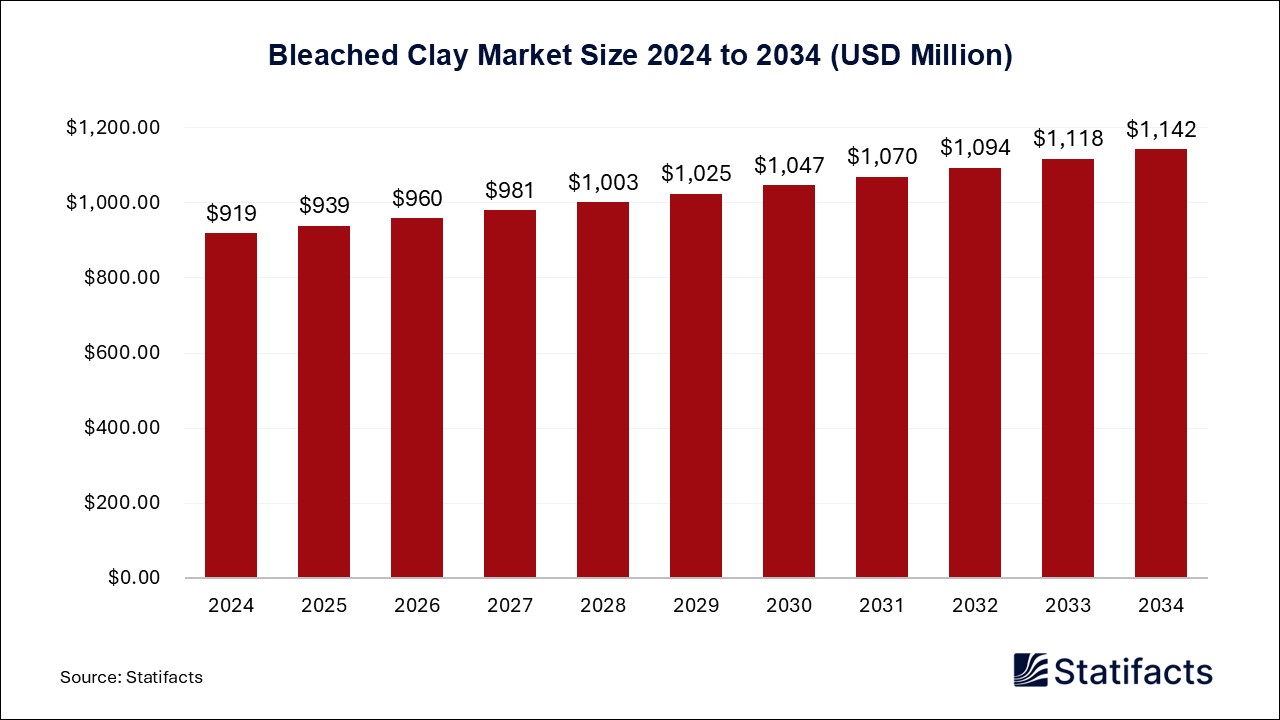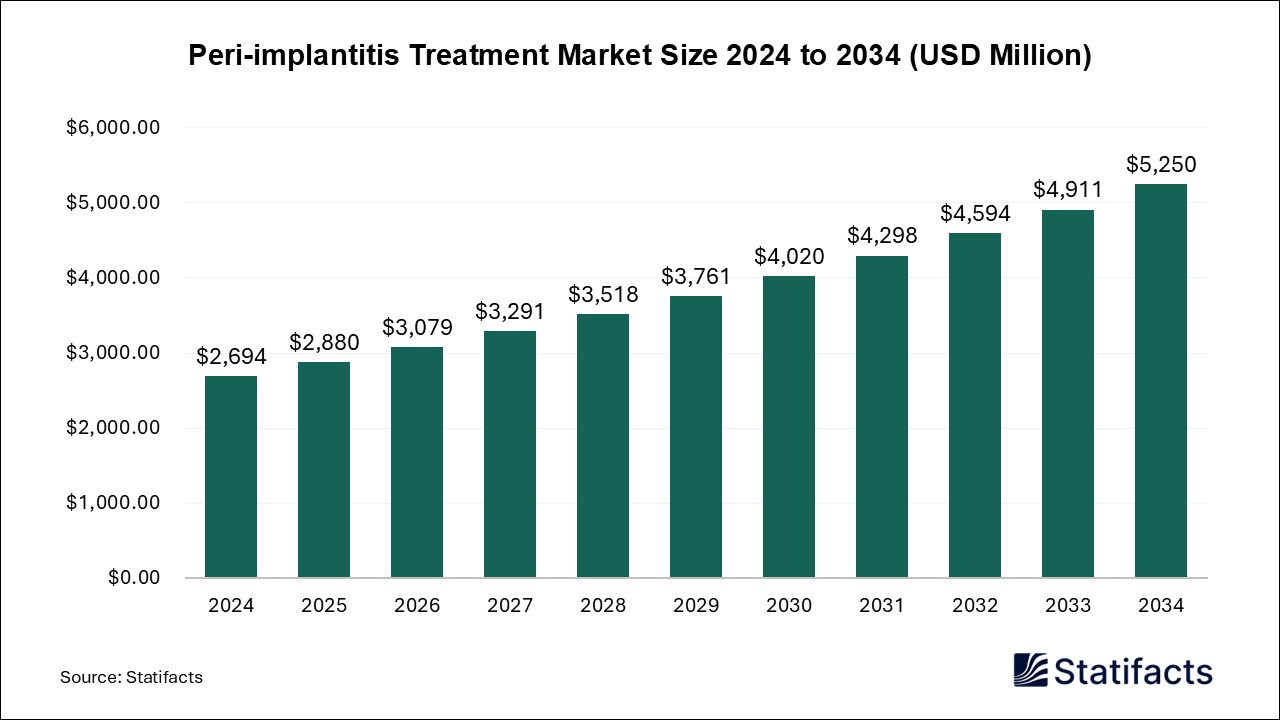

Our customers work more efficiently and benefit from
The global hospital acquired infections diagnostics market size was estimated at USD 4,310 million in 2024 and is projected to be worth around USD 5,030 million by 2034, growing at a CAGR of 1.56% from 2025 to 2034.
| Industry Worth | Details |
| Market Size in 2025 | USD 4,380 Million |
| Market Size by 2034 | USD 5,030 Million |
| Market Growth Rate from 2025 to 2034 | CAGR of 1.56% |
The hospital acquired infections diagnostics market refers to the production, distribution, and application of hospital acquired infections diagnostics which includes diagnostic tests and devices used for the detection and monitoring of infections that are acquired in healthcare settings like clinics, hospitals, and long-term care facilities. Healthcare acquired infections also known as healthcare associated infections (HAIs) or nosocomial infections are illnesses you can get at a medical facility while getting treatment for another condition. These infections can cause serious and sometimes life-threatening conditions. They may also complain of chills, rigors, giddiness, palpitations, and experience lethargy. Some may experience non-specific symptoms and the infection is picked up on routine blood tests showing elevated inflammatory markers.
A hospital acquired infection is an infection that develops while a person is in a healthcare facility. Common infectious symptoms include fever, chills, altered mental status, flank pain, suprapubic pain, polyurea, dysuria, and diarrhea. Vital signs can reflect signs of systematic inflammatory response or sepsis. A bacteria culture test can determine if you have a bacterial infection and, if so, which type of bacteria is causing it. To do a bacterial culture test, you will need to give a sample of your blood, urine, skin, or other tissue. The type of sample depends on where the infection is located.
The emergence of antibiotic-resistant bacteria driving the growth of the hospital acquired infections diagnostics market. As a result of drug resistance, antibiotics, and other antimicrobial medicines become ineffective and infections become impossible or difficult to treat, increasing the risk of severe illness, disease spread, disability, and death. Antimicrobial resistance is a natural process that happens over time through genetic changes in pathogens.
The emergence of antibiotic-resistant bacteria occurs through the following sequence of events- antibiotic use in food-producing animals kills and suppresses susceptible bacteria, allowing antibiotic-resistant bacteria to thrive, resistant bacteria are transmitted to humans through the food supply, these bacteria can cause infections in humans that may lead to adverse health consequences. Antibiotic resistance, a significant AMR subset, allows bacteria to survive antibiotic treatment, complicating infection management and treatment options. Scientists may add these resistant genes during genetic modification so that GM plants and cells can be distinguished from non-GM ones.
Growing demand for early diagnosis and prevention of hospital acquired diseases driving the growth of the hospital acquired infections diagnostics market. Early diagnostics has gained increasing attention within the healthcare space. It is already altering healthcare by enhancing the quality of care, delivering more timely treatment, and lowering costs and the outcomes are expected to grow in the future. Yet there are also potential pitfalls to be considered.
Hospital campaigns to prevent antimicrobial resistance include steps to employ programs to prevent infections, use strategies to diagnose and treat infections effectively, operate and evaluate antimicrobial use guidelines, and ensure infection control practices to reduce the likelihood of transmission. In some cases, hospital acquired infections can cause serious health complications or death. According to the Centers for Disease Control and Prevention (CDC), about 99000 people die from healthcare associated infections each year in American hospitals alone.
Published by Deepa Pandey , March 2025
For any questions about this dataset or to discuss customization options, please write to us at sales@statifacts.com
| Stats ID: | 8147 |
| Format: | Databook |
| Published: | March 2025 |
| Delivery: | Immediate |
| Price | US$ 1550 |




| Stats ID: | 8147 |
| Format: | Databook |
| Published: | March 2025 |
| Delivery: | Immediate |
| Price | US$ 1550 |

You will receive an email from our Business Development Manager. Please be sure to check your SPAM/JUNK folder too.

Unlock unlimited access to all exclusive market research reports, empowering your business.
Get industry insights at the most affordable plan
Stay ahead of the competition with comprehensive, actionable intelligence at your fingertips!
Learn More Download
Download

